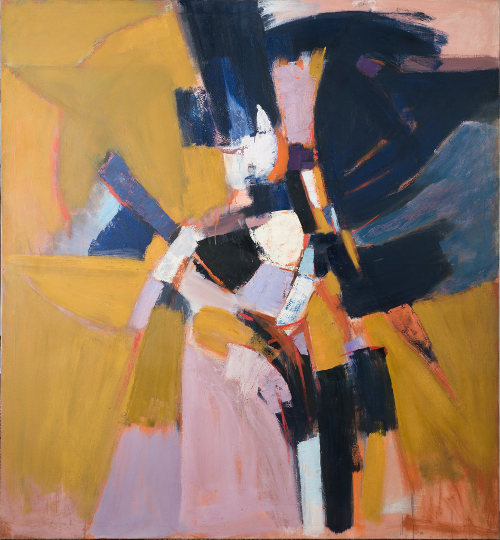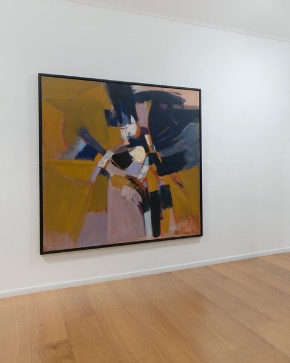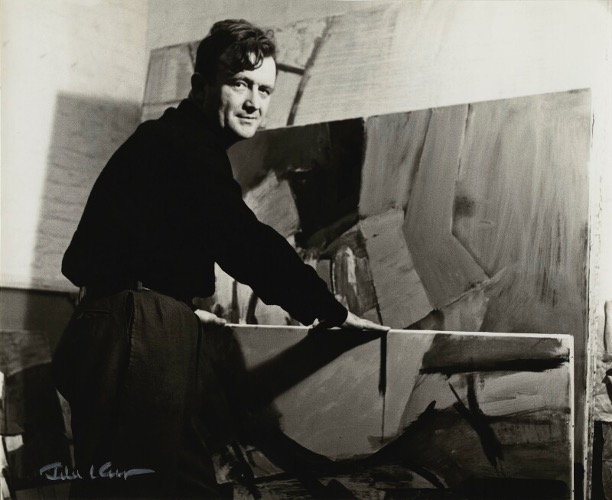Adrian Heath
For all enquiries please contact us

Yellow Ochre, 1959
Oil on canvas
198.1 x 182.9 cm
POA
Adrian Heath, a prominent figure of the 20th-century British art scene, emerged as a pivotal contributor to the development of abstract art. Initially associated with the Euston Road School in the 1930s, Heath's style underwent a significant transformation in the post-war years, influenced by his encounters with European modernism, particularly his time spent as a POW with Terry Frost. Heath became associated with the Constructivist movement, embracing geometric abstraction and bold colour palettes.


Adrian Heath was born in Burma in 1920. Arriving in England at the age of five, he studied painting in Cornwall before enrolling at Slade School of Art, where he studied under William Coldstream. During World War II he was imprisoned in the Bavarian prison camp Stalag 383. After trying to escape, he was placed in solitary confinement, during which time he started experimenting with abstract forms. Indeed, the war years proved crucial in the development of Heath’s analytic, abstract approach to form, which he always privileged over realism and figuration. Asked by the Stalag newspaper, Camp, what spiritual lesson captivity had taught him, Heath answered: "To observe at first hand how people of any background, education, temperament, intelligence and ability can respond to art and benefit from doing it and talking about it". More »

His paintings of the '50s comprised painted abstract compositions of interlocking forms, underpinned by an interest in geometry, proportion and symmetry as well as colour. Heath was fascinated by the "growth" of these compositions; this, for him, was "the actual life of the work". As such, the compositions were worked over a number of layers, with the paintings often heavily textured as a result. To further this exploration of materiality, Heath often used collaged elements, incorporating card and thick paper into his canvases. An example from 1953, in which browned paper collages intersect heavily painted modulations of white, is now in the Tate. By the mid-'50s, Heath started to use curved forms; an important development that informed much of his subsequent paintings of this decade. A particularly good example was purchased from the Redfern in 1955, by the Arts Council of Great Britain. In 1957, Heath was part of Metavisual, Tachiste, Abstract, the seminal show of British abstract painting held at the Redfern. More »